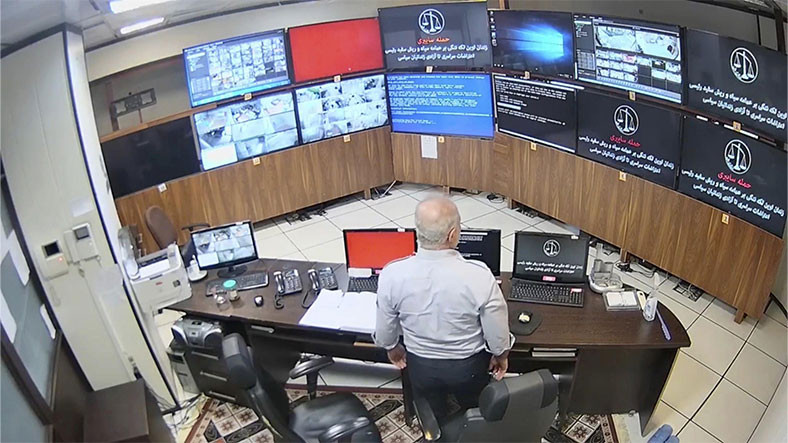After Mahsa Amini, who was detained in Iran on September 16, 2022 and died suspiciously because of the headscarf, came face to face with the Iranian government and the public, many people were imprisoned, executed and nationwide bans began. Although the internet and social media are banned nationwide, Elon Musk’s Starlink satellites and Proxy support is coming to WhatsApp It gave some relief to the citizens living in Iran.
A proposal submitted to Iran’s legislative body, the Islamic Shura Council, in recent months had attracted a great deal of attention. The proposal has recently entered into force.
They will detect those not wearing a headscarf with facial recognition systems.

Since 2015, the Iranian government has spent millions of dollars to improve the country’s security and control systems. These investments include biometric photos, chip IDs, facial recognition systems and many more digital security measures. While many of these investments were developed to protect the country from foreign powers, after a while these systems began to target the local population as well. For example, the government has given women who do not wear the hijab properly according to its rules. she texted about how to wear the hijab correctly.
In addition, the passage of the law last August, whereby women who did not wear the headscarf properly lost their rights in banks, public transport and public institutions, triggered these events. After the events, he told the Islamic Shura Council “installed facial recognition systems detecting women who do not wear headscarvesA proposal was made for ”, but the proposal was not accepted.
This proposal was recently passed into law. This system, which was previously only used to detect women driving, is now used to detect women who do not wear a headscarf or wear it incorrectly. According to the law, women who wear the headscarf incorrectly are warned and fined, but There will be tougher sanctions against women who do not wear a headscarf..
With this law, Iran is officially after China and the US (only in some states) It became the third country to monitor its citizens 24/7 with artificial intelligence-assisted facial recognition systems.














